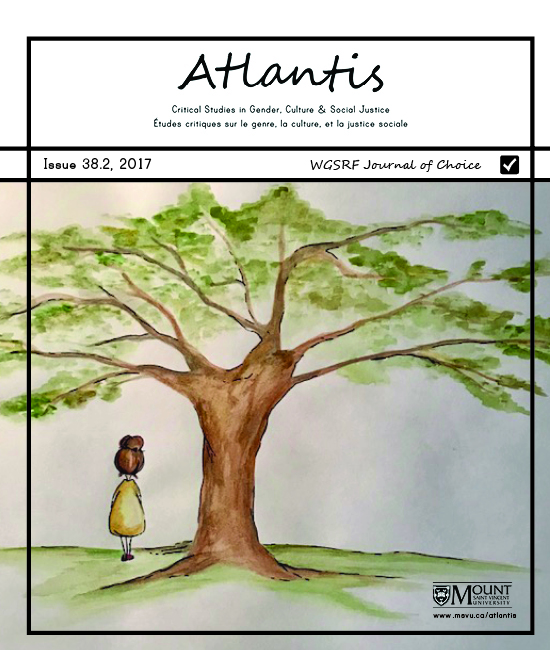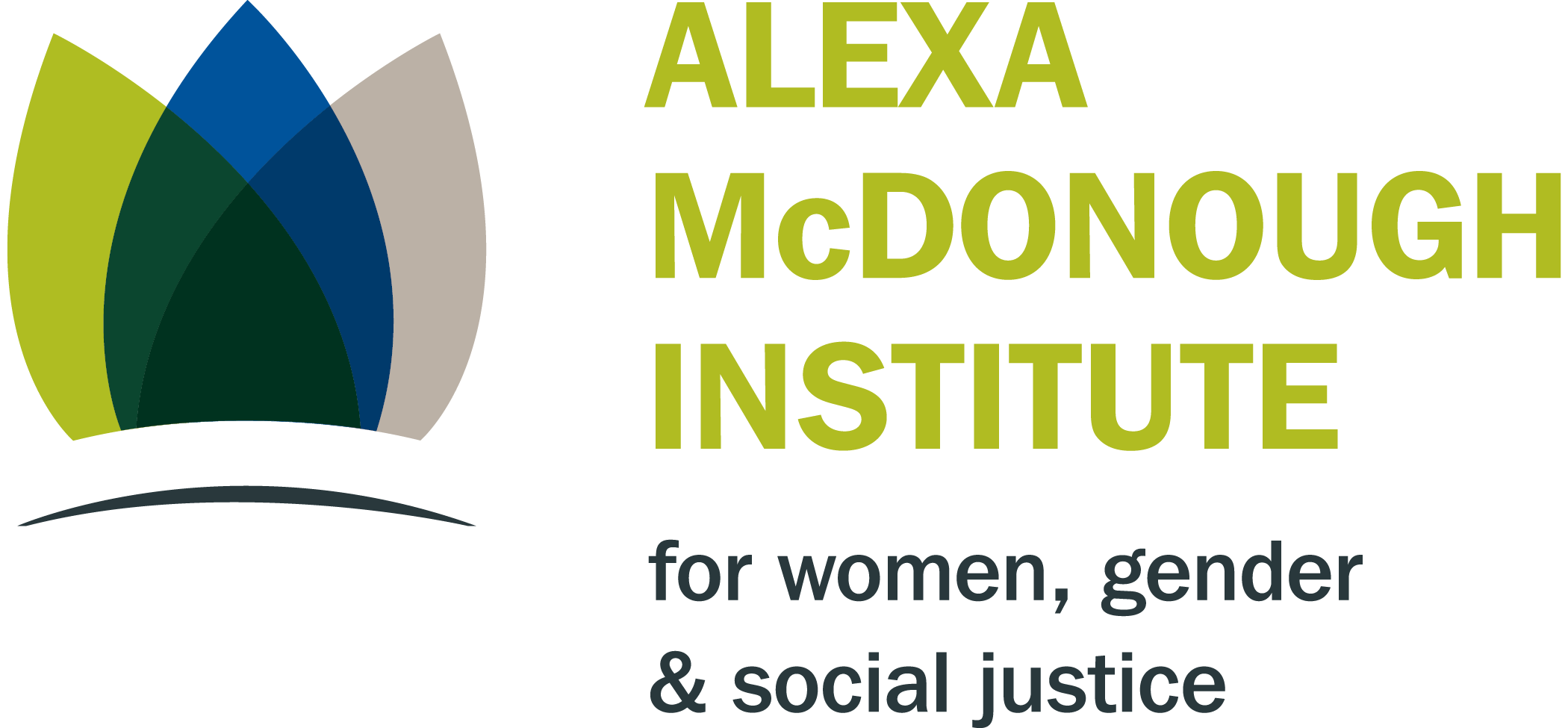Grievous Speech: Nathalie Stephens's Touch To Affliction and the City of Death
Keywords:
Walter Benjamin, poetry, philosophy of violence, grief and mourningAbstract
Abstract
Like all resonantly elegiac texts, Nathalie Stephens’s 2006 book Touch to Affliction does more than just locate or inscribe grief; it also challenges the historicized position of affect by dislocating the identity of the mourner, the City of Death through which the mourner roams, and the shifting identity of the mourner’s “lost beloved.” Stephens’s mourner politicizes the act of walking through the city: first, as a “dissonant body” that refuses gender norms, and second, as a stubborn physical presence of public mourning: that which is wrought by the nation, and that to which the nation can never fully respond. Alluding to philosophy about mid-twentieth-century violence, the narrator asks two resonant questions: “Where is the poet who will return language to the body?” and, more problematically, “Where is the body that is prepared to receive language?”
Résumé
Comme tous les textes résolument élégiaques, le livre Touch to Affliction de Nathalie Stephens, publié en 2006, fait plus que simplement localiser ou inscrire le chagrin; il remet également en question la position historicisée de l’affect en disloquant l’identité de la personne en deuil, la Ville de la mort dont elle parcourt les rues, et l’identité fluctuante du « bien-aimé perdu ». La personne en deuil de Stephens politise l’acte de marcher dans la ville : en premier lieu, en tant que « corps dissonant » qui refuse les normes de genre, et en second lieu, en tant que présence physique obstinée du deuil public : celui qui est façonné par la nation et auquel la nation ne peut jamais répondre pleinement. Faisant allusion à la philosophie de la violence du milieu du 20e siècle, la narratrice pose deux questions retentissantes : « Où est le poète qui rendra le langage au corps? » et, question plus problématique : « Où est le corps qui est prêt à recevoir le langage? »
References
Ahmed, Sara. 2004. “Affective Economies.” Social Text 22 (2): 117-139.
Beauvoir, Simone de. 1962. The Prime of Life. London, UK: Penguin.
Benjamin, Walter. 1968. “Theses on the Philosophy of History.” In Illuminations: Essays and Reflections, edited by Hannah Arendt, translated by Harry Zohn, 253-264. New York, NY: Schocken Books.
Brand, Dionne. 2010. Ossuaries. Toronto, ON: McClelland and Stewart.
Brandt, Di. 2010. Walking to Mojácar. Winnipeg, MB: Turnstone Press.
Butler, Judith. 2009. Frames of War: When is Life Grievable? New York, NY: Verso.
Cassils, Heather. 2015. Tiresias. http://heathercassils.com/portfolio/tiresias-2. December 12, 2015. Web.
Eichhorn, Kate. 2009. Interview with Nathalie Stephens. In Prismatic Publics: Innovative Canadian Women’s Poetry and Poetics, edited by Kate Eichhorn and Heather Milne, 64-75. Toronto, ON: Coach House Books.
F. E. 2001. “Etude: Simone de Beauvoir et Les Bourla.” La Lettre Sépharade (39): 14-15.
Heyman, Stephen. 2015. “Cassils: Transgender Artist Goes to Extremes.” New York Times, November 18.
Hix, H. L. 2013. Interview with Nathalie Stephens. The Conversant. www.theconversant.org. March 29, 2013.
Hurtado, Meg. 2007. Review of Touch to Affliction, Verse Magazine, January 17.
MacDonald, Tanis. 2012. The Daughter’s Way: Canadian Women’s Paternal Elegies. Waterloo, ON: Wilfrid Laurier University Press.
___. 2013. “Rhetorical Metatarsals: Bone Memory in Dionne Brand’s Ossuaries.” In The Memory Effect: The Remediation of Memory in Literature and Film, edited by Russell J.A. Kilbourn and Eleanor Ty, 93-106. Waterloo, ON: Wilfrid Laurier University Press.
___. 2015. “Un/Authorized Exhibits: Elegiac Necropolitics in Renée Sarojini Saklikar’s children of air india.” Studies in Canadian Literature 40 (1): 93-110.
Mbembe, Achille. 2003. “Necropolitics.” Trans. Libby Meintjes. Public Culture 15 (1): 11-40.
mclennan, rob. 2007. “12 or 20 questions with Nathalie Stephens.” 12 or 20 questions, October 5. www.12or20questions.blogspot.ca.
Moure, Erín. 2012. The Unmemntioable. Toronto, ON: Anansi.
Quéma, Anne. 2014. “Dionne Brand’s Ossuaries: Songs of Necropolitics.” Canadian Literature 222: 52-68.
Rose, Gillian. 1995. Love’s Work: A Reckoning with Life. New York, NY: Schocken Books.
___. 1996. Mourning Becomes the Law: Philosophy and Representation. Cambridge, UK: Cambridge University Press.
Saklikar, Renée Sarojini. 2013. children of air india. Madeira Park, BC: Harbour Publishing.
Shaw, W. David. 1994. Elegy and Paradox: Testing the Conventions. Baltimore, MD: Johns Hopkins University Press.
Silverman, Kaja. 1996. The Threshold of the Visible World. New York, NY: Routledge.
Steiner, George. 1960. “The Hollow Miracle: Notes on the German Language.” The Reporter, February18, 36-41.
Stephens, Nathalie/Nathanaël. 2013. “Aller-Retour.” Perihelion, October 15. www.webdesol.com/Perihelion.
___. 2006. Touch to Affliction. Toronto, ON: Coach House Books.
Weil, Simone. 1952. Gravity and Grace, translated by Emma Craufurd. London, UK: Routledge and Kegan Paul.
Zolf, Rachel. 2014. Janey’s Arcadia. Toronto, ON: Coach House Books.
Downloads
Published
Issue
Section
License
Copyright (c) 2018 Atlantis: Critical Studies in Gender, Culture & Social Justice

This work is licensed under a Creative Commons Attribution 4.0 International License.
Authors who publish with this journal agree to the following terms:
1. Authors retain copyright and grant the journal right of first publication, with the work simultaneously licensed under a Creative Commons Attribution 4.0 International License that allows others to share the work with an acknowledgement of the work's authorship and initial publication in this journal.
2. Authors are aware that articles published in Atlantis are indexed and made available through various scholarly and professional search tools, including but not limited to Erudit.
3. Authors are able to enter into separate, additional contractual arrangements for the non-exclusive distribution of the journal's published version of the work (e.g., post it to an institutional repository or publish it in a book), with an acknowledgement of its initial publication in this journal.
4. Authors are permitted and encouraged to preprint their work, that is, post their work online (e.g., in institutional repositories or on their website) prior to and during the submission process. This can lead to productive exchanges, as well as earlier and greater citation of published work. Read more on preprints here.







